To celebrate Festival of Archaeology 2023, Michael Hardy (Digital Engagement Curator) is exploring the archaeology displays at Experience Barnsley Museum
Since the museum opened in June 2013 there has been a popular section of the museum devoted to archaeological discoveries in Barnsley. The above video is by local artist Fabric Lenny who has used digital technology to bring these collections to life and makes you look at Barnsley archaeology in a whole new way. This blog tells the story of some of the museums oldest collections
Barnsley Before Humans
Barnsley was once a very different place. Its green hills and vales are the result of millions of years of change. 360 million years ago, during a time known as the Carboniferous, you would have been standing in a hot and humid swamp, thick with trees and plants. Over millions of years, the fallen trees formed carbon-rich layers that were compressed deep underground into seams of coal. During later periods of ice, vast glaciers covered the land. They carved hills and valleys, including our own Dearne Valley. 10,000 years ago, the climate warmed and the ice retreated. Plants, trees and wildlife returned. People soon followed.
First Settlers
The first humans were nomadic, moving from place to place. They hunted, gathered food and looked for shelter against the weather and wild animals. With time, they settled and began to alter the land around them. Things changed around 5,000 years ago. Humans began to grow crops and raise livestock. They left pottery, flints, weapons and other evidence of their changing technologies – from bronze to iron.

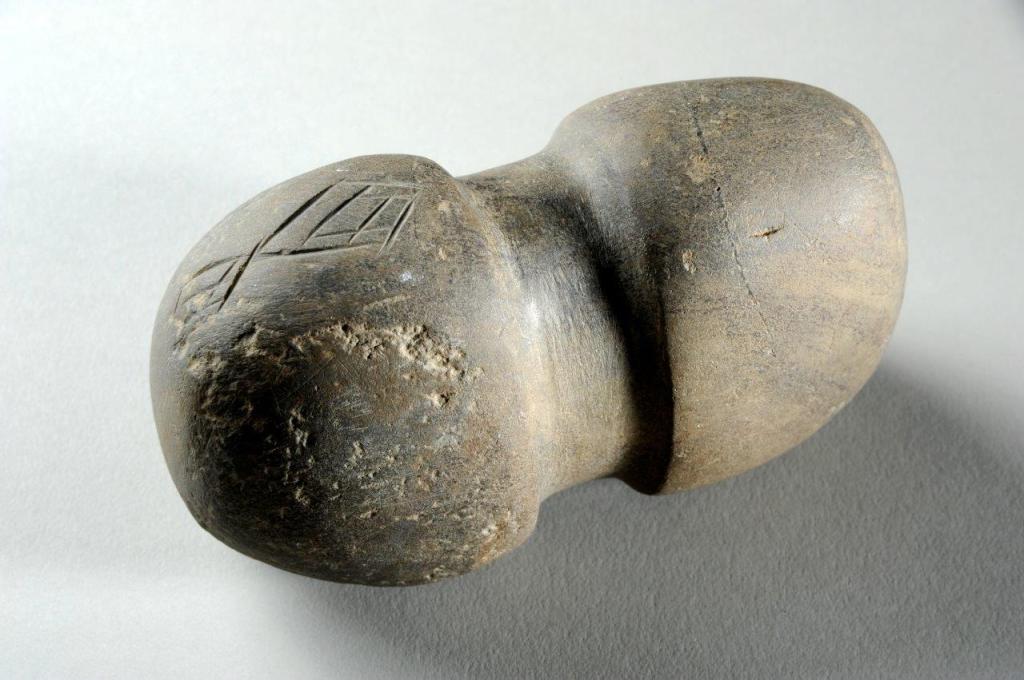
A flint dagger from Birdwell marks the transition into the Bronze Age. There are several particularly impressive Bronze Age finds in the collection, including a decorated waisted stone hammer head from Wharncliffe Wood. The incised decoration, made up of scratched lines, appears to be a stylised fish. Several Bronze Age burial sites have been discovered. There’s evidence of an Iron Age roundhouse on a hilltop near Hoyland and Iron Age hill forts at Langsett, Stainborough and Brierley Common.
The Romans
Barnsley was close to the northern edge of a Roman empire that reached as far as southern Egypt. The empire lasted more than 400 years. Archaeologists have found evidence of Roman activity in many places nearby. They discovered Romano-British enclosures at Wombwell and an intricate Roman bracelet at Billingley. In Darfield, they dug up the glittering Roman coins that fill the drawers below. The Romans were great engineers. One of the many roads they built is Ryknild Street. Short sections remain, such as Clayton Lane in Thurnscoe. After the Romans left Britain in 410, their engineering skills were lost.
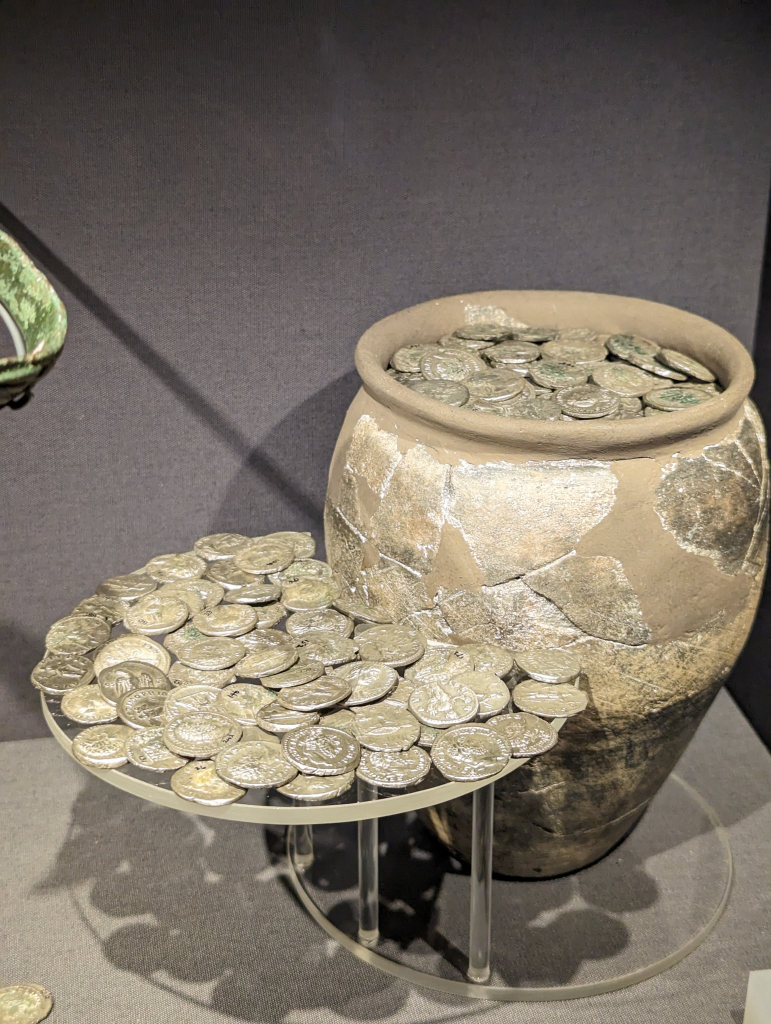
In 1947, workmen digging foundations of new housing in Darfield surprisingly dug up a pottery jar full of hundreds of Roman coins. This coin hoard dates from the 1st to 3rd Centuries, showing that almost 2000 years ago Barnsley had links to Rome, Egypt and the wider Roman Empire.
Also found around this time during open cast coal mining at Billingley in 1950. The ends of the bracelet are moulded in the form of a serpent’s head.
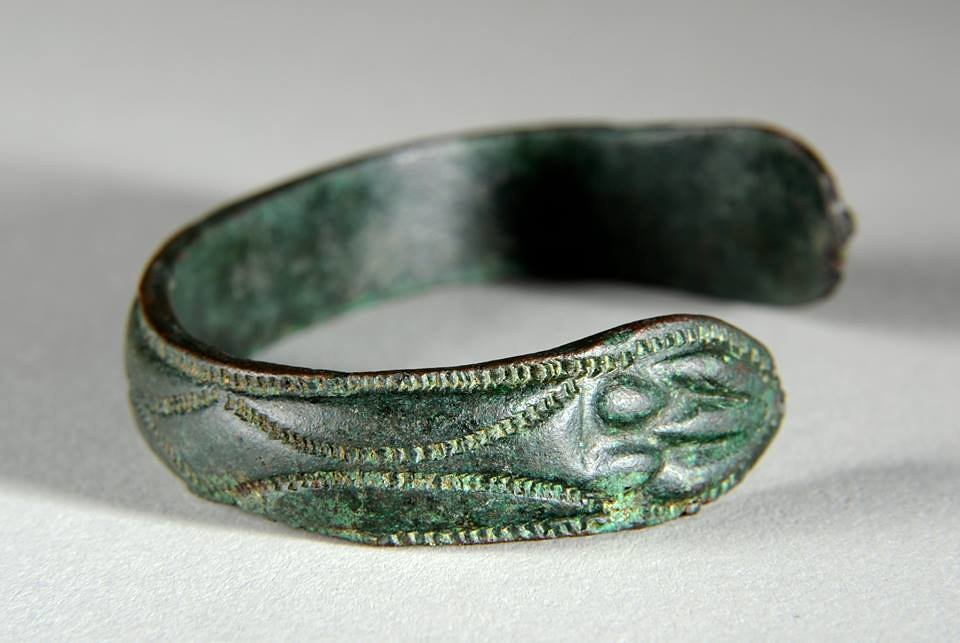
Lord Alric and the Saxons
Saxons and Angles came to Britain from Northern Europe in the fifth and sixth centuries. A powerful Saxon in these parts was Lord Alric. He ruled large parts of Barnsley in the years before 1066. Ornate stone crosses, such as the stunning example from High Hoyland, have survived.

Traces of early Saxon settlements remain, often in exciting sites that have barely been investigated. Alric kept some power after the Norman Conquest of 1066. Decades later, his great grand-daughters, Amabel and Matilda, owned manors at Cawthorne and Brierley.
Power and Peasants
After 1066, Barnsley was ruled by Norman lords, then by the monks of St John of Pontefract. In 1249, the town gained a royal charter to run its market. In the surrounding countryside, mighty manor-houses, churches and a priory towered above the villages and fields where peasants toiled.
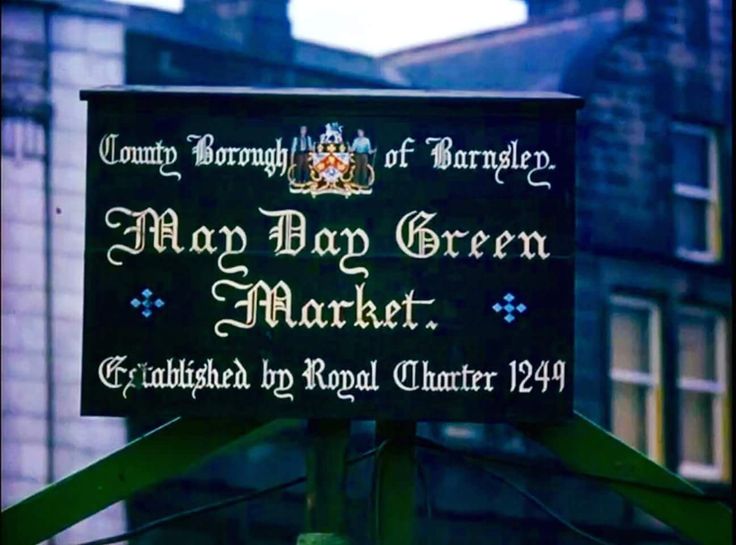

In 2017 The National Archives kindly loaned the original market charter which was on display in the museum for six months
‘John Stones’ – The museums mysterious stone head!
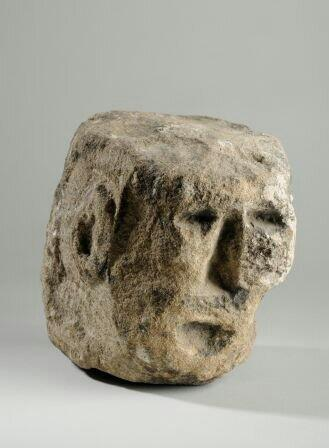
Meet John Stones, no that one…As part of the Festival of Archaeology a couple of years ago we asked you to name one of the stone heads in the museum and most of you picked John Stones!
This mysterious stone head was found near the former Holyrood Catholic Church, Nelson Street. This head predates the churches built on the site but currently we do not know if the head is Medieval, or even thousands of years older yet. Ancient stone heads like this are difficult to date as they were often re-used on newer buildings as an interest in antiquities grew from the 1500s. More research to come so watch this head!
The Priory at Monk Bretton
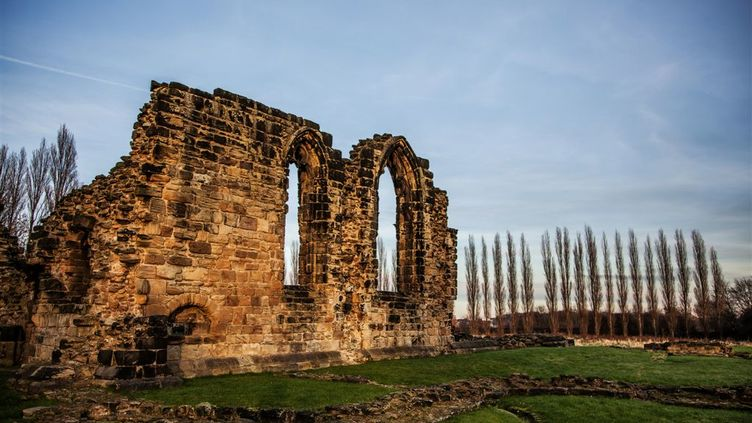
The Priory of St Mary Magdalen was powerful and influential. Its monks were caring and hard-working. The priory lasted from 1154 until 1538 when it was closed by Henry VIII during the Dissolution of the Monasteries. Religion was a dominant force in the lives of medieval people. The black-robed monks of the Cluniac order at Monk Bretton led prayers and built churches such as St John the Baptist’s at Royston. They were charitable and industrious: they helped the poor, brewed beer and were involved in early coal-mining and iron-working.

These grotesque gargoyles once sat high over the arches of Monk Bretton Priory.

Lots more fragments of objects including decorated glass windows, a candlestick and glazed jug have survived and are on display in the museum.
Cool For Cats!

Just above the Monk Bretton gargoyles is a cat. According to legend, a ferocious wildcat pounced on a dashing knight in 15th-century Darfield. The pair fought for their lives – on and on until both fell dead at the door of Barnbrough Church.
Great Estates
A few families grew rich from their lands and the industries that thrived on them. They built huge estates around Barnsley, some of which you can explore for yourself. Architects and labourers crafted the landowners’ great halls and rolling estates, then armies of servants and gardeners kept them running. These magnificent buildings were more than luxurious, they were symbols of wealth and power, passed down from generation to generation. Many, such as Cannon Hall, Wentworth Castle Gardens and Wortley Hall, now admit visitors go there to enjoy the beautiful buildings, gardens, parks, rivers and lakes.

There is a case in this section of the museum that has fragments of objects that have been discovered in all parts of the Barnsley Borough.
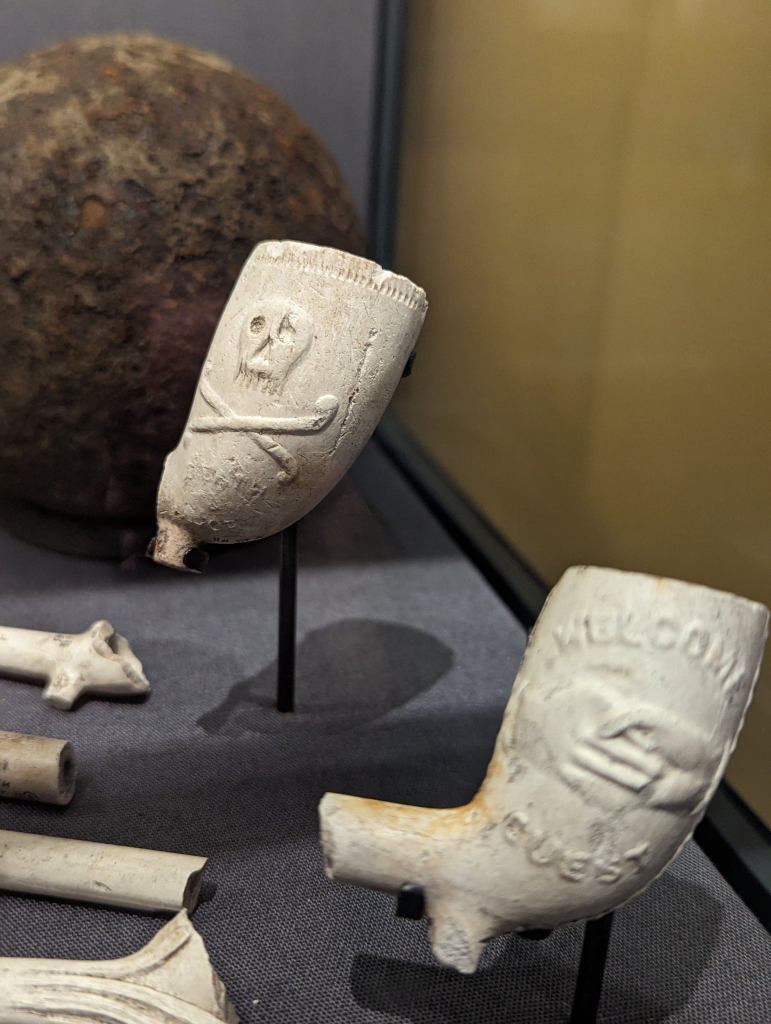
We know from sharing them on social media that our followers have similar clay tobacco pipes. Just behind them in the photo is a cannon ball that was found in Cawthorne
Lost And Found

One of the more recent additions to the museum is a case called ‘Lost and Found’ it shows that archaeological finds don’t always have to be 1000s of years. This case contains just a few of the discoveries made across the borough in the last few years including, cigarette boxes, membership cards, coins and a tankard.
Make more discoveries online
We hope that this blog gives you an overview of what archaeological collections have been discovered over the years in Barnsley, visit the Festival of Archaeology section of our website to watch videos, see more of our collections and take part in other activities
Read our other archaeological blogs

